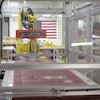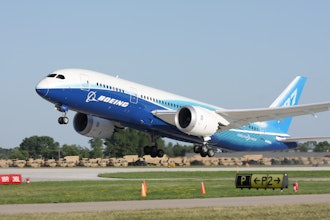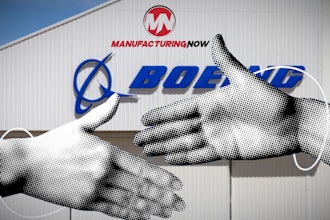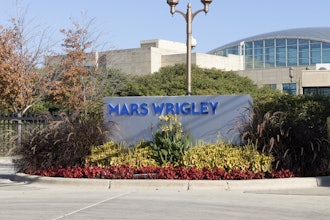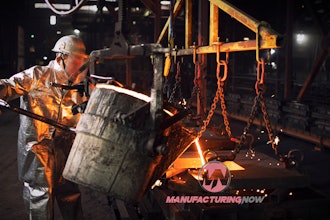IPL Live Seafood FlapNest™ Containers Reduce Time and Costs of Processing and Shipping Lobster
Fresh lobster in the spring is a delight. "Fresh" lobster in the fall is usually a misnomer. However, Oceanmar Seafood Products, Inc. (a division of ACC) has found an innovative system to extend the life of its fresh lobster and meet market demand three to four months after the spring catch.Canadian-based Oceanmar is a holding facility for Nova Scotian lobsters that are eventually shipped to wholesalers. The company handles about 600,000 pounds of lobster a year. Because the market can't absorb 600,000 pounds of lobster - at an acceptable price for Oceanmar - solely in the spring, the company stores some of its catch to re-introduce to the market at a later date.
Oceanmar stores a portion of its catch in IPL Lobster Trays. Designed for a Canadian fishery, the trays allow Oceanmar and other dealers to submerge live lobsters in a holding tank during the peak catch seasons to maintain a consistent supply during off-seasons. The individual trays have a ventilated pattern that permits water to flow freely through the units. Oceanmar keeps the water temperature close to freezing and artificially raises the oxygen and protein content in the water to extend the life of the lobsters.
"The trays are key to extending the lobster's life," explained Marcel Saulnier, president of Oceanmar Seafood Products, Inc. "The lobsters can't touch each other. With the trays, we can hold the lobsters for three to four months. It helps us regulate supply and demand."
When the lobsters are ready for shipment, Oceanmar transfers them to the IPL Live Seafood FlapNest™ Containers. The containers, introduced in the spring of 1999, are the first plastic totes developed specifically for handling live seafood. IPL engaged many lobster distributors and lobstermen in the design process to make sure that the crates met the industry's needs. The crates are also used by Oceanmar's suppliers for the original catch.
"The returnable crates are so much easier to work with than wooden ones," explained Saulnier. "They're about 15 pounds lighter than wet wooden crates and they're cleaner. There are no nails and no broken wooden corners. When you're handling 300 to 400 crates a day, those differences are key. These crates are a lot easier on workers."
The 29-gallon plastic tote can hold 100 pounds of live lobster, crab, or other seafood for transport from boat to holding pond to wholesaler. It is the same length and width, and has the same capacity of wood crates for full compatibility. Buoyancy in the collar of the tote allows it to float with the attached lid opened or closed so seafood remains submerged while the container stays afloat. Cover security features permit the containers to be floated even in rough seas.
Because the crates have a consistent tare weight of 16 pounds, workers don't have to remove the lobsters to weigh them when they deliver their catch to Oceanmar, said Saulnier. "When we're in a hurry, we just put the whole crate on the scale and deduct the container weight. If it weights 116 pounds, I know I have 100 pounds of lobster."
In addition to saving time, the crates also save costs on shipping. The lightweight totes enable distributors to load more seafood on their trucks, reducing shipping costs. In addition, the nest-ability of the empty crates reduces freight costs on the return trip. When empty, the containers are nested for a 2.5:1 return ratio.
Together, the IPL Live Seafood FlapNest Containers and Lobster Trays create an efficient and cost-effective system for Oceanmar to store and ship lobster to meet fluctuating market demand. "It's a great system," said Saulnier. "IPL has been very good to work with."



